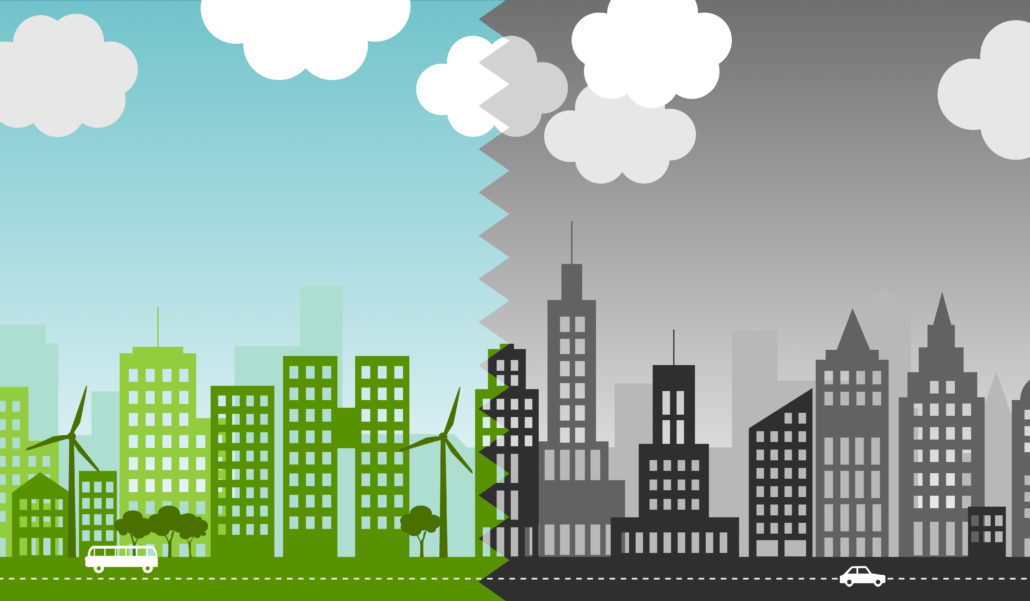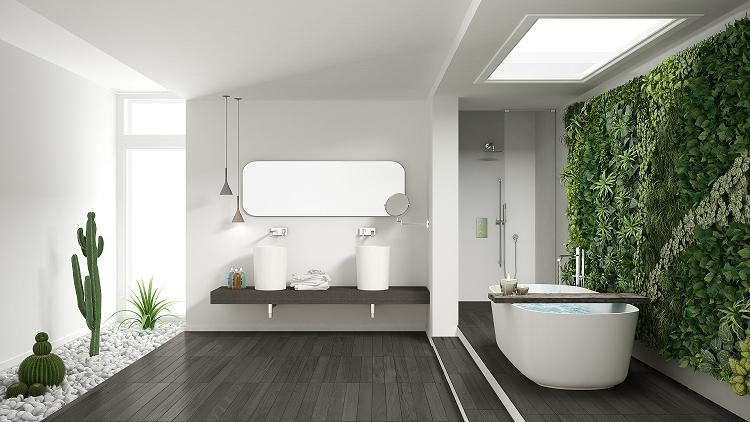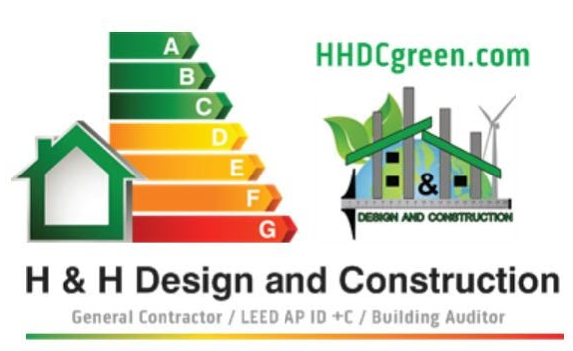Welcome to Spring!
This is a perfect time to implement preventive measures to your home, to keep it safe and well maintained throughout the year. Now, with the PACE program, it is easy to replace the old leaky roof, unsafe old windows or the inefficient air condition. The PACE program, will allow you to do these projects in your property with 0 down payment, 100% finance with no payments for over a year. In some cases, the payment is offset by the savings produced by the new technology.
In my article, I will emphasize some mitigation and retrofit projects that will protect your life, your assets and will offer you savings while protecting the environment. So, let’s get into our home transformation mode to be ready for the season:
OLD ROOF RETROFIT: With the rainy and hurricane season around the corner, replacing that old leaky roof is a must. You will improve safety, protect your property from water damage and structural compromise. When re-roofing, it is important to consider other upgrades like adding a second water barrier that will offer more protection and more discount in your insurance premium. Also, this is the moment to strengthen the roof deck attachment and install hurricane straps which can help keep a home’s roof from blowing off.
Your best investment will be in the installation of a high reflectance or cool roof, because it will reflect sunlight and heat away from a building reducing up to 15% of annual air conditioning energy cost. This will reduce air pollution and greenhouse gas emissions improving human health.
Another implementation when installing a new roof could be the installation of day-lighting systems to bring natural lighting in dark rooms to save energy. Also, consider the installation of a solar attic fan to reduce the heat and humidity from your attic to reduce energy consumption and to create a healthier indoor. With this solar system, you will earn 30% tax credit.
OLD WINDOWS AND DOORS: This is a high-ticket item, but with the PACE program you can install your new hurricane impact windows and doors now with zero down payment. Keeping your love ones and your property safe during hurricane season can’t wait. The best option replacing a conventional single pane window is to invest in the high-performance windows. By installing Energy Star windows and doors, you will have a better protection and will shrink energy bill and carbon footprint at the same time. With this investment in your property, you will save in energy bill, property insurance and you will save pounds of CO2 reducing your carbon footprint. These windows are the best investment to increase your property value.
NOISY AND INEFFICIENT AIR CONDITIONING: Sumer temperatures are just around the corner and if you still have an old system, your best defense will be to install a high efficient central air-conditioning, also, financed with the PACE program. By replacing an old 10 SEER AC unit with a high efficient 16 SEER AC (3 Ton air conditioning), you will save around 40% ($600) in energy bill yearly, also you will reduce your carbon footprint.
By implementing all these retrofits to your property, you will be ready for the season to offer the best protection to your loved ones and your asset while reducing your energy bill, maintenance cost and insurance premium. The moment is now, take advantage of the PACE program!
As a PACE certified contractor, I have witnessed the great benefits behind this excellent program; residential and commercial building owners are been able to transform their properties up to the latest codes, making it more resilient while reducing their properties insurance cost and increasing property value
From my Green building, professional experience, I have witnessed the “Green” side of this program, not just because the homeowner is saving money but because they are reducing their carbon footprint. One of the easiest ways to fight climate change is to start in our own homes by transforming our properties and making it more energy efficient. The results will produce a positive impact with triple bottom line: Economy, People and Planet, reducing pollution, creating healthier environments while growing the economy.
I believe the PACE program is more than just a financial tool to help property owners; it is the pathway for buildings transformation across the Nation and the accelerator that will unleash the power of renewable energy in the SUNSHINE State.
For more information about the program or to retrofit your property with the PACE program, please, send an email to: Floridaleedap@gmail.com H & H Design and Construction.
By: Maria M. Hernandez, CGC #1515987 – LEED AP- Building Analyst- PACE certified
Ciudad Weston Newspaper





